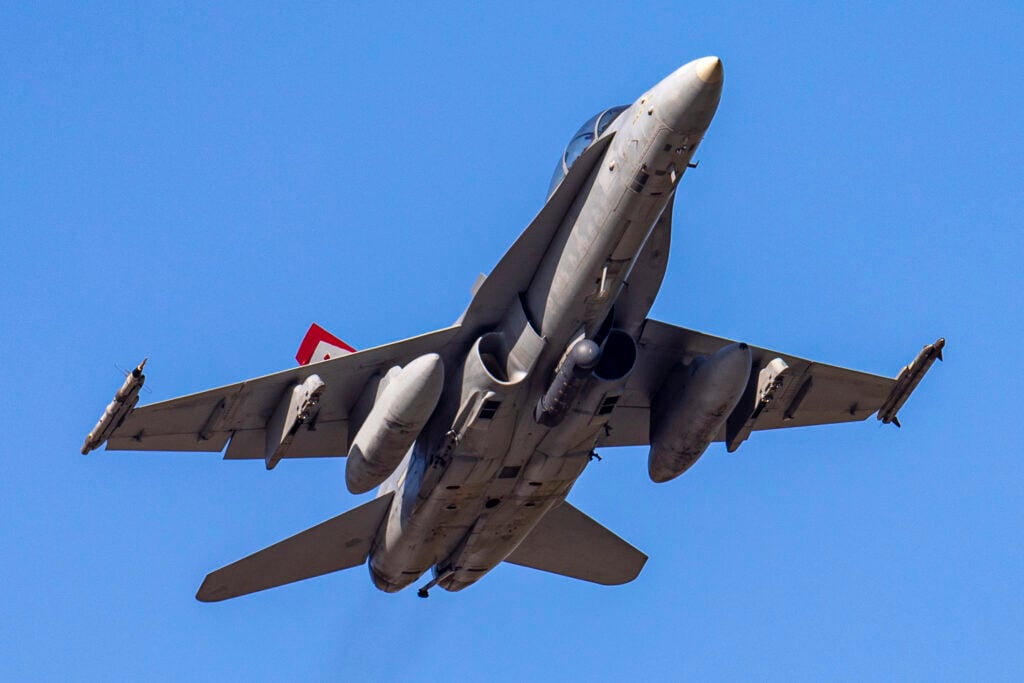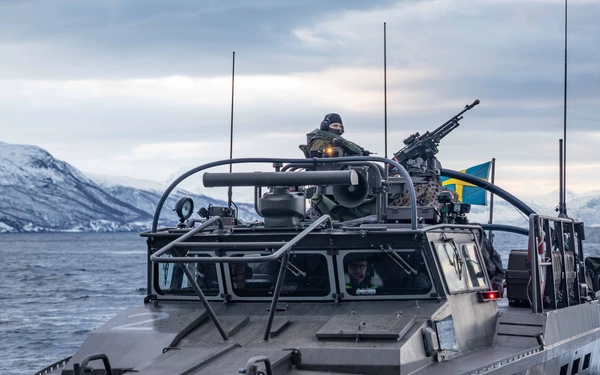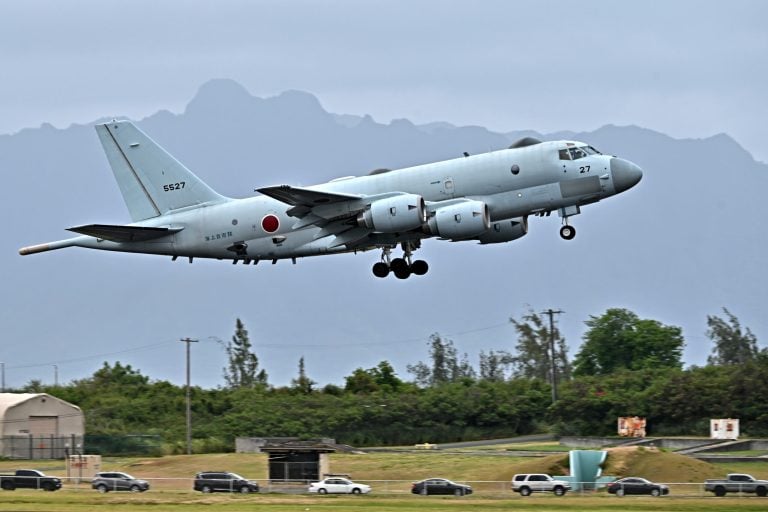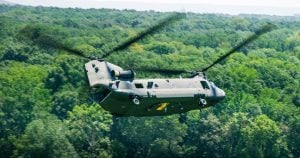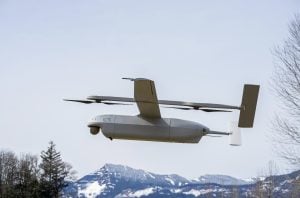The US Marine Corps has announced the deployment of the Automatic Terrain Awareness and Warning System (ATAWS) for its F/A-18 Hornet fleet, with a rollout expected to commence in early 2026. This cutting-edge system enhances the existing Terrain Awareness and Warning System by not only alerting pilots to potential ground collisions but also automatically taking control of the aircraft to ensure safe recovery if pilots fail to respond to warnings.
ATAWS is particularly significant because it operates solely through flight-control inputs, intervening only after a pilot has not reacted to visual or auditory cues. This capability is crucial given that legacy Hornets still utilize manual throttles, highlighting the necessity for timely and effective automatic recovery measures when human response times may falter.
Lieutenant Colonel Timothy Burchett, the commanding officer of Air Test and Evaluation Squadron (VX) 31, emphasized the critical nature of ensuring that such a system does not compromise mission integrity. He remarked on the need for extreme diligence, underscoring that the system must activate only when required and should not inadvertently disrupt operations.
The introduction of ATAWS comes in response to a series of tragic incidents involving the loss of pilots and aircraft between 2010 and 2016 due to Controlled Flight Into Terrain (CFIT), which is considered one of the most significant dangers in tactical aviation. Reports indicate that CFIT incidents accounted for about 26 percent of all aircraft losses in 2022 alone.
Key factors contributing to CFIT incidents include spatial disorientation and G-induced loss of consciousness (G-LOC). Spatial disorientation refers to a pilot’s loss of positional awareness, while G-LOC is caused by high gravitational forces that restrict blood flow to the brain, leading to brief unconsciousness.
The Marine Corps anticipates that the implementation of ATAWS will significantly enhance pilot and aircraft safety, thereby improving overall readiness and combat availability. The system’s design aims to maintain existing pilot tactics and habits while minimizing the risk of operational mishaps.
In the context of military efficacy, Burchett remarked that every aircraft loss directly hampers the Marine Corps’ ability to project power appropriately in forward-deployed operations. By improving safety and readiness, ATAWS stands to reinforce the capability of the US military.
The system’s approval followed a rigorous test campaign conducted from 2023 to 2025, during which it demonstrated high effectiveness and reliability. The testing involved two squadrons, VX-31 and VX-23, and was executed in three distinct phases. VX-23 completed 32 flights to evaluate system logic and various recovery maneuvers, while VX-31 conducted 16 flights geared toward preventing false warnings during training routines over challenging terrains.
The final phase saw both squadrons working together at China Lake, conducting 16 full-performance flights over seven weeks that included demanding maneuvers. Flight-test engineers actively monitored real-time data to assess the system’s functionality under stress.
The success of ATAWS not only strengthens the Hornet fleet but also lays the groundwork for integrating similar automated collision-avoidance systems into the F/A-18E/F Super Hornet and EA-18G Growler platforms. The knowledge gained from the Hornet testing will inform these forthcoming integrations, which may include advanced features, such as automated throttle response.
In conclusion, Burchett noted the dedication and teamwork behind the test program and expressed confidence in ATAWS’s potential to save lives, highlighting the unparalleled importance of such a return on investment.
